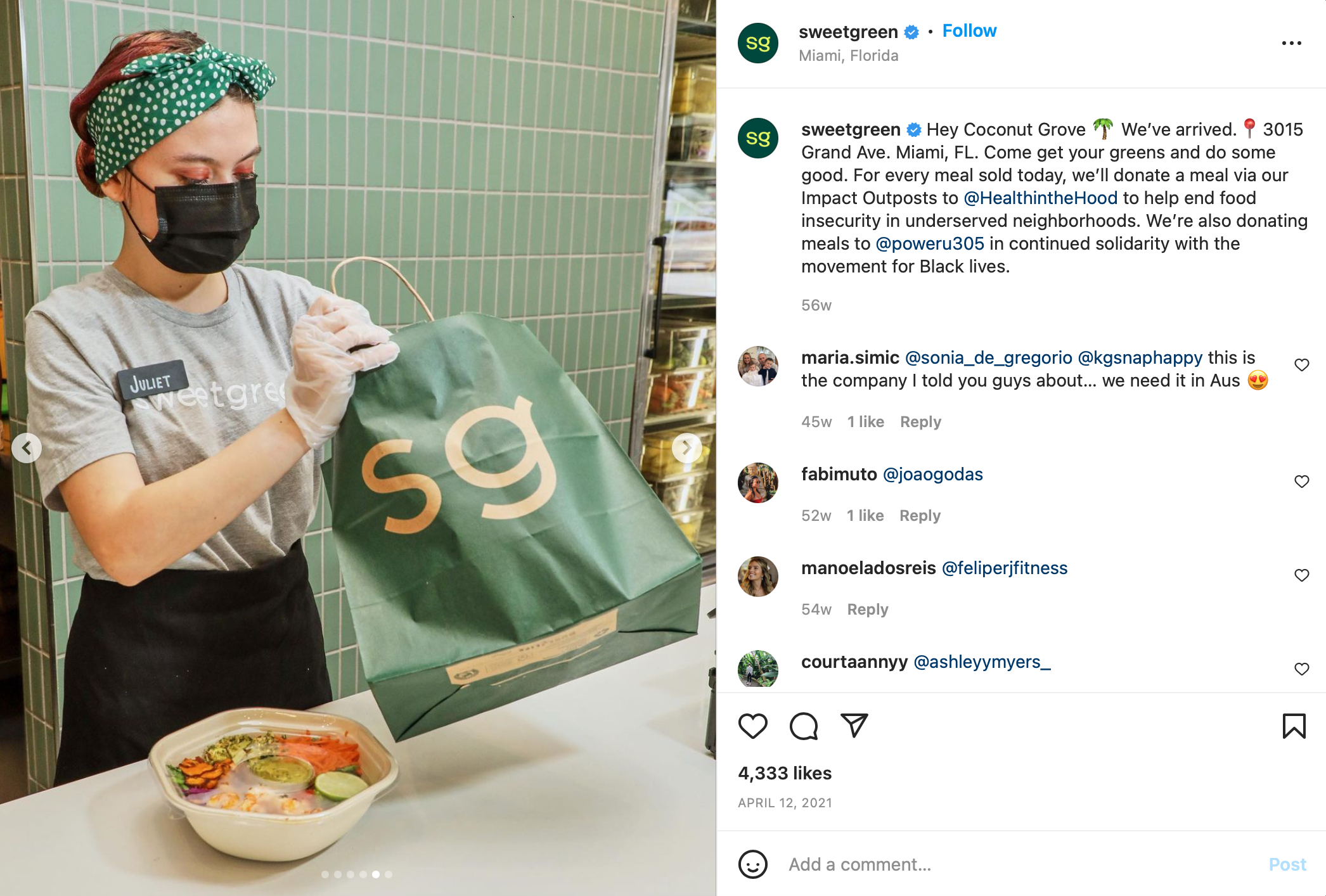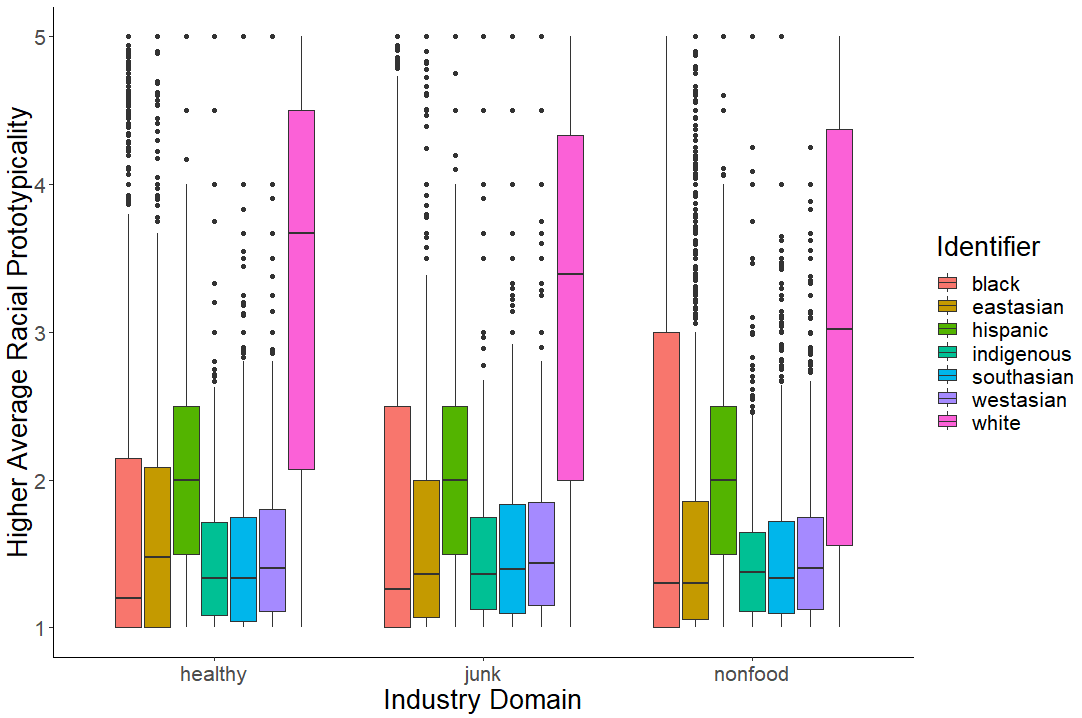Archival Analysis of Race Representation in Junk Food Marketing on Social Media

RESEARCH QUESTIONS
How do junk food companies differ in the representation of race showcased in their social media advertisements marketed toward adolescents?
How do these differences contribute to existing racial health disparities?
METHOD
1) Identify top 10 junk food companies, health food companies, non-food companies to investigate based primarily on followers (focus is user engagement with ads)
2) Identify social media platform of interest based on demographics of user base and project feasibility
3) Scrape 16,000+ images from 2021 from 30 company Instagram pages - 10 junk food companies, 10 health food companies, 10 companies selling non-food products that are marketed toward adolescents
4) Randomly select 7,148 images to be analyzed for skin tone and race representation
5) Design a Qualtrics survey that can randomly generate between 10 and 30 posts out of 8,500+ for participants to rate. The survey will allow participants to note the number of people shown in each photo, and then answer a series of questions about each person’s skin tone and similarity to prototypes of different racial groups.
6) Recruit over 5,000 participants from NYU and Prolific to provide at least 8 diverse subjective ratings per image
7) Compile average and standard deviations of skin tone and race representation scores per participant and aggregate across participants
8) Run ANOVA tests to investigate significant differences in representation between industry domains
KEY CHALLENGE
The sheer size of the image archive and volume of ratings that were required for an objective analysis of race representation was the biggest feat to overcome with this project. To scrape 16,000+ posts, I led a team of 20 students over 6 months to accomplish this task. Another 6 months was used to fund for recruiting enough participants to analyze each photo. Luckily, our team was enthusiastic and motivated to get this accomplished.
RESULTS
Statistical tests revealed the following two key insights:
All companies represented white people in their advertisements significantly more than people of color.
However, junk food advertisements represented significantly darker skin tones and significantly fewer white people compared with health food advertisements. Junk food advertisements also represented significantly more diversity within one post compared with both health food and non-food companies.
IMPACT
In considering the implications of disproportionate representation of people of color in junk food advertising, but not in media overall, we reflected on social cognitive theories of attention capture, media studies of racial and ethnic underrepresentation, public health theories of marketing impact, and social psychological theories of race and identity. We discussed implications of exposure to racially congruent influencers among youth of color and the social cognitive mechanisms that contribute to their unique impact on youth consumer choice.
This project served as my Master’s thesis at New York University. I presented this research at the international Society of Personality and Social Psychology conference in Atlanta, GA in February 2023, and at the NYU Master’s Poster Conference in April 2023.



